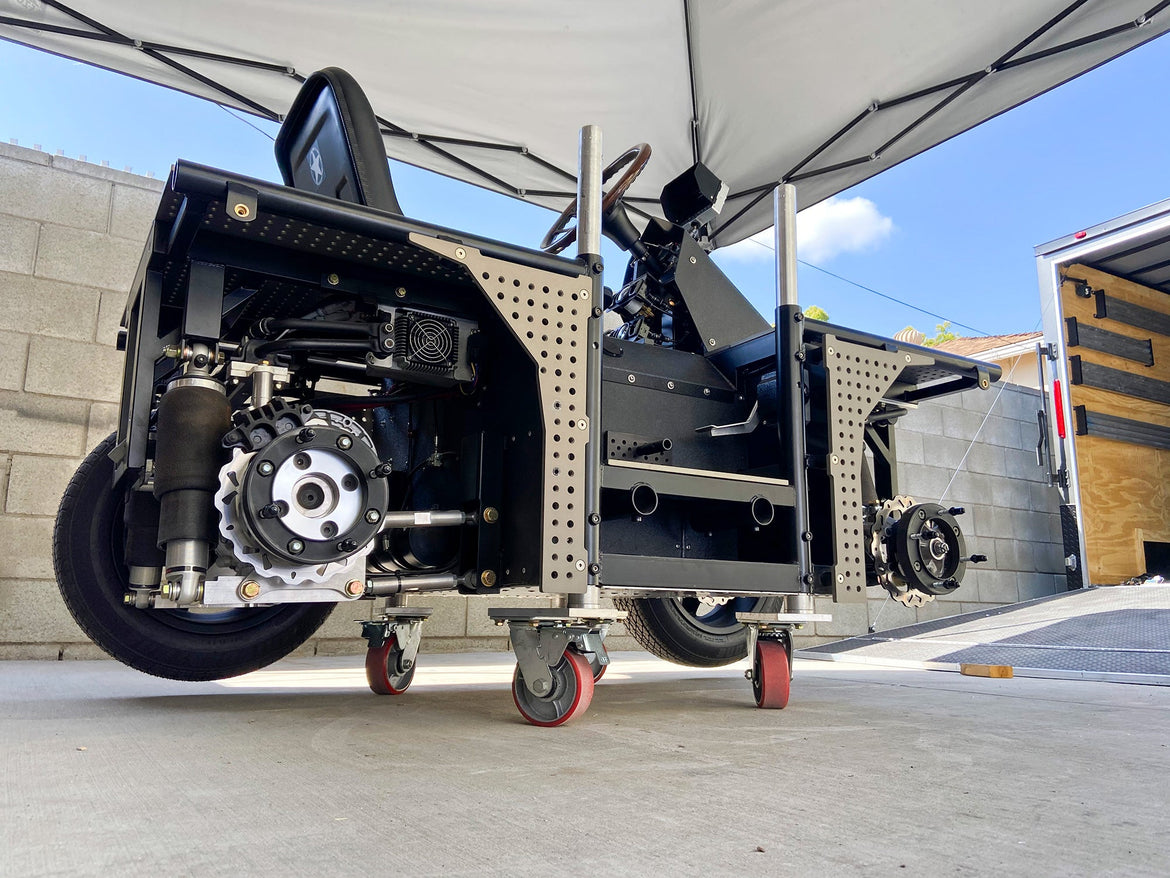
The Essential Guide to Retractable Caster User Training and UX
- Bearing Care, Caster Durability, caster installation guide, Caster Lubrication, Caster Maintenance, Caster Replacement Strategy, Caster ROI, Caster Selection, Caster Technology, Caster Training, Corrosion Resistant, Cost-Benefit Analysis, Debris Removal, Dual Function, Equipment Lifespan, Equipment Longevity, Floor Protection, Floor Transition, Healthcare Ergonomics, Heavy Equipment Maintenance, HOLKIE, Industrial Casters, Industrial Ergonomics, Industrial Maintenance, Industrial Mobility, Lifecycle Cost Analysis, Load Capacity, Maintenance Reduction, Medical Equipment TCO, Noise Reduction, Patient Safety, Preventative Maintenance, Shock Absorption, Space Optimization, Specialized Mobility, Stability, Technical Guide, troubleshooting, Warehouse Equipment, Wheel Materials, Workplace Safety
- 28 Dec, 2024
The Human Element in Equipment Mobility
We often focus on the engineering of retractable casters—their load capacity, stability, and durability. However, the most critical factor in maximizing your investment is the user. How intuitive is the caster's operation? And how effectively are employees trained to use and maintain this technology? Poor user experience (UX) leads to improper use, component failure, and increased safety risks.
This article shifts the focus to the human element, detailing how the design of modern retractable casters emphasizes intuitive operation and why comprehensive training is non-negotiable for achieving maximum efficiency and longevity.
Designing for Intuitive Operation (UX)
The best retractable casters require minimal thought and effort from the user, ensuring fast adoption and proper usage.
Clear, Deliberate Actuation
Foot vs. Lever: The activation mechanism must match the workflow. Foot-pedal designs are ideal for repetitive, heavy lifting (like workbenches) as they keep hands free. Lever mechanisms are better for controlled, sensitive equipment (like diagnostic tools) that require precise engagement. Designers prioritize clear, low-effort engagement to minimize worker strain.
Visual Confirmation: Quality casters incorporate highly visible color coding or indicators that clearly show the worker whether the wheel is extended (mobile) or retracted (stable). This instant visual feedback prevents accidental movement and enhances workplace safety without requiring a second check.
Reducing Cognitive Load
Equipment operation should be seamless. Retractable casters simplify the process by combining lifting, leveling, and locking into a single, intuitive step. This integrated function reduces the steps a worker must remember, ensuring compliance with operational procedures.
The Non-Negotiable Role of User Training
Even the best-designed casters fail if users are not properly trained. Training should focus on safety, load limits, and basic maintenance.
Safety and Load Limit Training
Understanding Load Dynamics: Train users on the difference between static load (standing still) and dynamic load (during movement, especially turning). Users must know that sudden stops or turns with heavy loads can exceed the dynamic capacity, regardless of the static rating.
Proper Engagement: Employees must be trained to fully engage the retraction mechanism every time before use. A partially engaged caster system compromises stability and can lead to immediate component damage and potential injury.
Daily Inspection and Preventative Maintenance
Simple Checks: Train staff to quickly inspect the casters for obvious issues before use—checking for debris wrapped around the axle, damaged treads, or a sticky actuation pedal. This proactive, two-second check prevents small issues from becoming costly downtime events.
Cleaning Protocol: Ensure that cleaning crews are trained on the type of disinfectants or cleaning agents that are safe for the specific caster materials (e.g., avoiding harsh chemicals on certain polymer treads) to prevent corrosion and maintain wheel integrity.
Driving Efficiency Through Engagement
Retractable casters deliver peak efficiency only when their advanced features are matched by thoughtful design and educated users. By investing in casters built for intuitive operation and reinforcing their proper use through dedicated training, facilities can unlock the full potential of these tools, ensuring long-term safety, durability, and a maximized return on investment.












